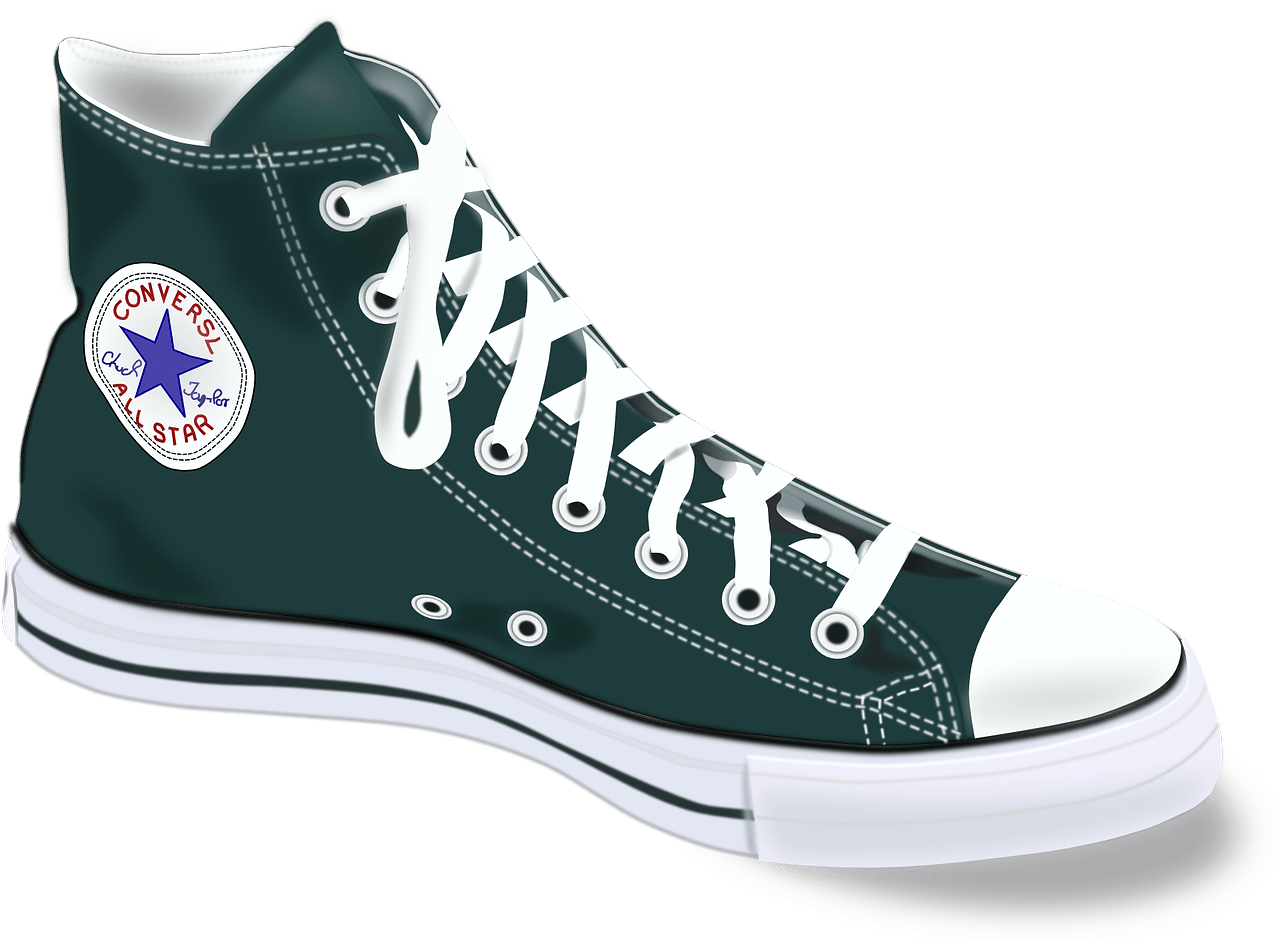When it comes to safety footwear, steel toe boots have become a popular choice among workers in various industries. These boots are specifically designed to provide protection and prevent foot injuries in hazardous environments. Whether you work in construction, manufacturing, or any other field that involves potential risks to your feet, understanding the purpose and benefits of steel toe boots is essential. In this article, we will explore the key aspects of steel toe boots, their design, and how they can keep you safe on the job.
1. What Are Steel Toe Boots?
Steel toe boots, also known as safety boots or steel-capped boots, are footwear specifically designed to protect the feet from hazards in the workplace. They feature a reinforced toe cap made of steel that provides impact and compression resistance, shielding the toes from heavy objects or accidental drops.
2. The Purpose of Steel Toe Boots
The primary purpose of steel toe boots is to prevent foot injuries in hazardous environments. They offer protection against falling objects, heavy machinery, sharp materials, and electrical hazards. By wearing steel toe boots, workers reduce the risk of severe injuries, such as crushed toes, broken bones, punctures, and lacerations.
3. Construction and Components of Steel Toe Boots
Steel toe boots consist of several components that contribute to their protective capabilities. The key components include:
- Upper: The upper part of the boot is typically made of durable materials like leather or synthetic fabrics. It provides overall foot protection and stability.
- Steel Toe Cap: The steel toe cap is the highlight of these boots. It covers the front part of the boot and shields the toes from impact and compression. The cap is usually rated to meet safety standards.
- Midsole: The midsole, often made of puncture-resistant materials like Kevlar or steel, offers protection against sharp objects penetrating the sole.
- Outsole: The outsole is the bottom part of the boot that comes into contact with the ground. It provides slip resistance and ensures stability on various surfaces.
4. How Steel Toe Boots Provide Protection
Steel toe boots provide protection by absorbing and redistributing the force generated from impacts and compressions. When a heavy object falls on the boots, the steel toe cap takes the brunt of the force, preventing it from directly impacting the toes. The reinforced toe cap acts as a shield, reducing the risk of injuries.
5. Comfort and Fit of Steel Toe Boots
While safety is paramount, comfort should not be overlooked when choosing steel toe boots. High-quality boots come with features that enhance comfort and reduce fatigue during long work hours. Look for boots with cushioned insoles, breathable materials, and ergonomic designs. Additionally, ensure that the boots fit properly, as an ill-fitting pair can cause discomfort and blisters.
6.
Choosing the Right Steel Toe Boots
Selecting the right steel toe boots is crucial to ensure maximum protection and comfort. Consider the following factors when choosing your pair:
- Safety Standards: Check if the boots meet safety standards such as ASTM F2413-18 or EN ISO 20345:2011.
- Material: Look for boots made of high-quality materials that can withstand the demands of your work environment.
- Sole Type: Consider the type of sole that best suits your needs, whether it’s oil-resistant, slip-resistant, or heat-resistant.
- Toe Cap Rating: The toe cap should be rated for impact and compression resistance according to the required safety standards.
7. Maintenance and Care of Steel Toe Boots
To prolong the lifespan of your steel toe boots and ensure their effectiveness, regular maintenance is essential. Here are some maintenance tips:
- Clean the boots regularly to remove dirt and debris.
- Apply a waterproofing agent to protect the boots from water and chemicals.
- Inspect the boots for any signs of wear or damage.
- Replace worn-out laces or insoles for improved comfort.
8. Breaking in Steel Toe Boots
New steel toe boots may require a break-in period to achieve optimal comfort. To break in your boots effectively, follow these steps:
- Start by wearing the boots for short periods and gradually increase the duration.
- Use thicker socks to help cushion your feet.
- Flex the boots and walk around to allow them to conform to your foot shape.
9. Alternatives to Steel Toe Boots
While steel toe boots are widely used, there are alternative safety footwear options available. Some alternatives include:
- Composite Toe Boots: These boots feature toe caps made of non-metal materials like Kevlar or carbon fiber, providing similar protection as steel toe caps.
- Alloy Toe Boots: Alloy toe boots have toe caps made of lightweight metals like aluminum or titanium. They offer protection without the added weight of steel.
- Metatarsal Guards: Metatarsal guards provide additional protection to the metatarsal bones on the top of the foot. They can be worn with regular work boots.
10. Regulations and Safety Standards
Several regulations and safety standards govern the design and manufacturing of safety footwear, including steel toe boots. These standards ensure that the boots meet specific criteria for safety and performance. It is important to choose boots that comply with the relevant standards in your industry or country.
11. Industries That Benefit from Steel Toe Boots
Steel toe boots are widely used in various industries where foot protection is crucial. Some industries that benefit from steel toe boots include:
- Construction
- Manufacturing
- Warehousing and logistics
- Mining
- Oil and gas
- Agriculture
- Utilities and electrical work
12. Tips for Wearing Steel Toe Boots
To make the most of your steel toe boots and ensure their effectiveness, follow these tips:
- Wear appropriate socks that provide moisture-wicking and cushioning properties.
- Lace up your boots properly to achieve a snug fit and prevent chafing.
- Inspect your boots regularly for any signs of wear or damage.
- Replace worn-out boots or those that no longer provide adequate protection.
13. Common Myths about Steel Toe Boots
There are some misconceptions surrounding steel toe boots. Let’s debunk a few common myths:
- Myth 1: Steel toe boots are uncomfortable: With advancements in design and technology, steel toe boots now offer comfort without compromising safety.
- Myth 2: Steel toe boots are too heavy: While steel toe caps add some weight to the boots, modern designs aim to minimize the overall weight while maintaining protection.
- Myth 3: Steel toe boots increase the risk of foot injuries: On the contrary
, steel toe boots are specifically designed to reduce the risk of foot injuries in hazardous environments.
14. Steel Toe Boots for Women
Steel toe boots are not limited to men; there are options available specifically designed for women. These boots offer a better fit and cater to the unique needs and sizes of women’s feet.
15. Conclusion
Steel toe boots are essential safety footwear designed to protect your feet in hazardous work environments. By understanding their purpose, construction, and benefits, you can make an informed decision when choosing the right pair for your needs. Remember to prioritize both safety and comfort to ensure a productive and protected work experience.
Frequently Asked Questions
1. Are steel toe boots necessary?
Yes, steel toe boots are necessary in industries where foot protection is crucial. They help prevent foot injuries and provide peace of mind while working in hazardous environments.
2. Can I wear steel toe boots for everyday use?
While steel toe boots are primarily designed for work environments, some individuals may choose to wear them for everyday use if they find them comfortable and suitable for their needs.
3. Are steel toe boots waterproof?
Steel toe boots may offer some level of water resistance, but they are not inherently waterproof. Applying a waterproofing agent can enhance their water resistance.
4. How often should I replace my steel toe boots?
The lifespan of steel toe boots depends on various factors such as usage, maintenance, and the working environment. Inspect your boots regularly, and replace them when you notice signs of wear or when they no longer provide adequate protection.
5. Can I customize my steel toe boots?
Customization options for steel toe boots may vary depending on the manufacturer. Some brands offer customization services, allowing you to add personalized features or logos to your boots.





